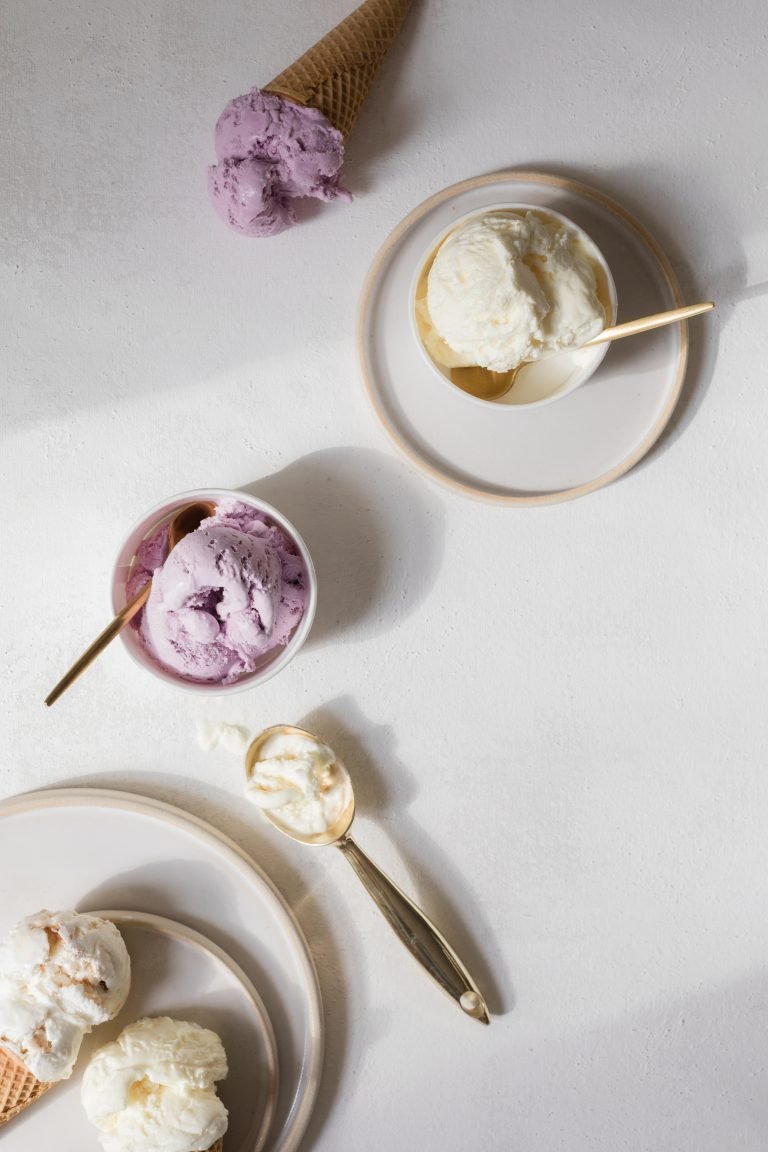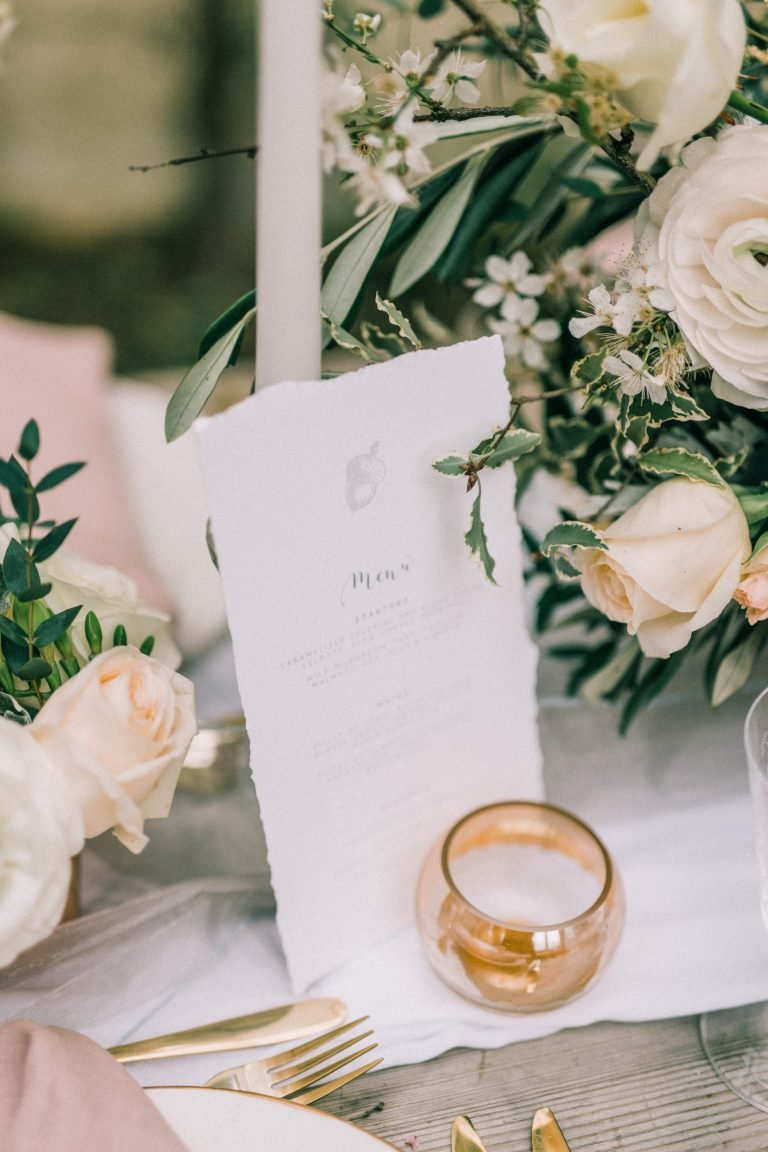How to Get Started with Pinterest Marketing
So you know by now that you need to be using Pinterest for marketing your blog or business, but you’re not sure where to start – am I right? Don’t worry, you’re in the right place! It’s easier than you think to get started with Pinterest marketing. I’ve put together some top tips to help you with your Pinterest marketing strategy, so let’s get going.
Now, I’m not saying there haven’t been issues recently with Pinterest (hello glitches, analytics changes, overenthusiastic spam filters and the massive shitshow of July 2021 which saw tons of accounts wrongly suspended). Despite it’s recent shortcomings, Pinterest remains one of the best ways to drive more traffic to your website without having to fork out your hard-earned cash for ads. If you want to grow your traffic organically, Pinterest is where it’s at.

As Pinterest is a search engine and NOT a social media platform, who sees your content isn’t necessarily defined by how popular your account is or how many followers you have. Here’s a case in point. I started a new account for a brand new outdoors lifestyle blogger yesterday. The Instagram account has 2 posts and 7 followers, with the posts reaching a total of 56 accounts. I made a Reel for the account which has got 3 views haha! Amazing numbers, right? It’s super brand new, so it’ll take time to get going. I made an idea pin using the same footage as the Reel and this was seen by 1.2k people in the same amount of time. So – how do you get started with Pinterest marketing?
5 Steps to Get Started with Pinterest Marketing
1. Create a killer profile.
Make sure your Pinterest account bio is optimised and tells people exactly what you do and how you can help them. For more information check out this blog post about how to optimise your Pinterest bio. Be sure to claim your website and Instagram accounts so you have access to the analytic data and include relevant keywords wherever you can.
2. Decide what to create pins for.
Look at your content and decide what you can create pins for. Do you have a blog you can create pins for? If you have an Etsy shop you can create pins that lead to that. What about your Instagram account or email landing page? You don’t have to have a blog to pin on Pinterest – essentially anywhere that has a URL can have a pin made for it, but pins linking to your own claimed domain (ie your blog) will perform better. Pinterest is amazing for bloggers though as it can drive so much extra web traffic to your most popular pages – or the ones with your best affiliate links or ads on 😉 Create boards on your Pinterest account to pin these pins to.

3. Keyword research.
This is a major part of Pinterest SEO and is really important in getting your content seen by your potential readers or clients. You can even use Pinterest itself to research keywords for your niche. Simply head to the search bar along the top and type in your keyword eg wedding reception. Depending on your account, you’ll either get some coloured bubbles underneath the search box with other words in – these are long tail keywords that you can use – or a drop down box will appear with the search terms in. They tend to appear in popularity order, so you can make a note of these and use them in your content creation strategy too. Use the Pinterest Trends tool as part of your Pinterest strategy.
4. Create plenty of fresh pins.
Pins are the attractive little breadcrumbs that link back to your site. You need to create scroll stopping pins which are clear, easy to read and engaging – easy huh? There are a number of different types of pin and I would recommend using as many as you can to increase engagement and grow your Pinterest account. Each pin has it’s own benefits and drawbacks, so using a combination can take advantage of the pros and lessen the cons!
Static pins are the traditional pins that link back to your site. Depending on your content, it may be that these make up the majority of your pins. They’re the main type of pin used on Pinterest and users simply click on them to save them and visit your website or blog.
Video pins are like static pins but have video or a gif instead of a static picture. These act in a similar way to the static pins but can be more engaging, depending on your niche, and therefore get more clicks. It doesn’t always work this way though unfortunately! They are also frustrating for the user as you don’t just click the image/video to access the website as you do with a static pin – you have to actually click on the link and sometimes that extra step is off-putting for users.
Carousel pins are multi slide static or video pins. For more information, here’s a handy guide on how to make a carousel pin.
Product pins are available to you if you are a user of one of the following:
-
- Shopify
- Square
- Lengow
- ChannelAdvisor
- GoDataFeed
- Feedonomics
- Productsup
If you have a Catalog with your products in you can upload it onto Pinterest and get the Shop tab. Read more information on how to get started with shopping on Pinterest.
Idea pins were formerly known as story pins and are the hottest thing in town at the moment. Pinterest is prioritising distribution of these pins so they can get massive views and engagement BUT – and this is a big one – they don’t link back to your site. They’re for “in app engagement only” so people can head to your Pinterest profile but not your site. This has led to some user frustration as people see the pin, don’t realise it’s an idea pin and then try to click through to find the rest of the recipe, for example. Pinterest was always a platform that sent users away from it, rather than trying to keep them on it, but it looks like that’s changed now.
You can tag products in these now, meaning it’s possible to use affiliate and product links, but you can’t link to your actual site.
UPDATE: As of June 2023 Pinterest has combined pin types, and there are now only static and video pins.

Pinterest is REALLY favouring fresh content over old content now and although repinning other users content isn’t banned, Pinterest wants fresh new images all the time. Once upon a time it was thought of as good practice to save the same image to about a million different boards, which results in a bad user experience and looks spammy AF. Nowadays we make multiple images that lead to a single URL and drip feed these out onto Pinterest over a period of time, allowing a decent interval between each one so it’s not just the same image over and over again. How many pins you make for each URL and how often you pin them is personal choice and will depend on your niche and Pinterest marketing strategy.
Pinterest favours a new image and a new URL, but this isn’t always possible as we can’t be churning out new blog posts all the time – who has time for that?! What if you have an old blog post that could do with some love? Creating new images for this old blog post is the next best thing for Pinterest. Repinning an existing pin image is favoured the least, as it’s not new, so will get the least distribution.
5. Set up your Tailwind account.
With the demand for fresh content from Pinterest, it can be overwhelming trying to keep up with making fresh pins and grow your Pinterest account. Enter Tailwind. Tailwind is a Pinterest-approved scheduler that can help you keep on top of the constant demand for fresh pins. You can batch your pin creation and upload them into Tailwind. Tailwind will tell you the optimal times for those pins to be uploaded onto Pinterest and will add them onto the platform for you. It also has access to Tailwind Create, which can create pins for you in next to no time, and Tailwind Communities are great for finding similar content and sharing your content to even more Pinterest users.
I like all my Pinterest Management clients to have a Tailwind account as it’s the most cost effective way of staying on top of the Pinterest demands. Another alternative is to use the Pinterest native scheduler, but this is limited in that you can only schedule 30 days in advance, so not great if you have a pin going onto multiple boards that you want to have a decent time interval. It’s also a lot more time consuming that using Tailwind, so comes with an extra cost in terms of time spent. Tailwind offers a free trial and if you want $15 off the cost of Tailwind, here’s a Tailwind discount code for you!

How Can Pinterest be Used for Marketing?
Pinterest is more like a search engine than a social media platform so can be used to drive traffic to your blog, website, landing pages, products in your shop, email sign up pages, webinars – anything with a URL! Drive traffic to your blog posts with ads on, earning ad revenue, or those with your best affiliate links. You can use it to grow your Facebook groups, YouTube channels, podcasts or Instagram accounts.
It’s also free to use. FREE. Like, nothing is free these days. You can get huge growth just using Pinterest organically if you have the time and patience to put in. If you need things to get moving quicker, you could consider Pinterest ads, but spending money on ads isn’t essential for growth on Pinterest.
Why is Pinterest Good for Marketing?
Pinterest has 450+ million monthly active users. These users are in discovery mode, actively searching for inspiration or answers to their query, and your content could be that inspiration or answer. 97% of searches on Pinterest are unbranded, meaning your business or blog has the same chance of coming up in a search as the multi national companies or huge bloggers. Your content has a longer lifespan on Pinterest – your pins can be pinned and pinned and pinned again until the end of time. Contrast this with the average lifespan of a Facebook post of 24 hours, and Instagram posts of 24-48 hours. The average lifespan of a Tweet is minutes! Also, did I mention Pinterest is free?!
It’s more passive than social media marketing – you don’t need to engage for hours at a time to grow your account so your content gets seen. Over time, your traffic levels will increase as the snowball effect gets going.

Can I Use Pinterest to Promote my Business?
Pinterest is an underused marketing tool for business. It’s no longer just a place to find recipes or gardening ideas. You can find literally anything on there, so your business needs to have a presence. Pinterest is great for driving traffic to your site but also raising brand awareness and making sales – 61% of pinners in the UK have gone on to make a purchase after seeing something on Pinterest (Nielsen Path to Purchase Research 2019/2020, UK; GlobalWebIndex 2019 Q1-Q4, UK).
Is Pinterest Marketing Free?
Yes, Pinterest marketing is free! All you need is time, patience and strategy and Pinterest will do wonders for your business or blog.
If you need a hand with your Pinterest strategy or would like to outsource your Pinterest account management, why not get in touch? I can help you with all aspects of your organic Pinterest marketing, freeing up time so you can focus on other things (or watch cat videos on YouTube, whatevs!). Details of my Pinterest Management packages are available on the website or you can contact me using the form above.




